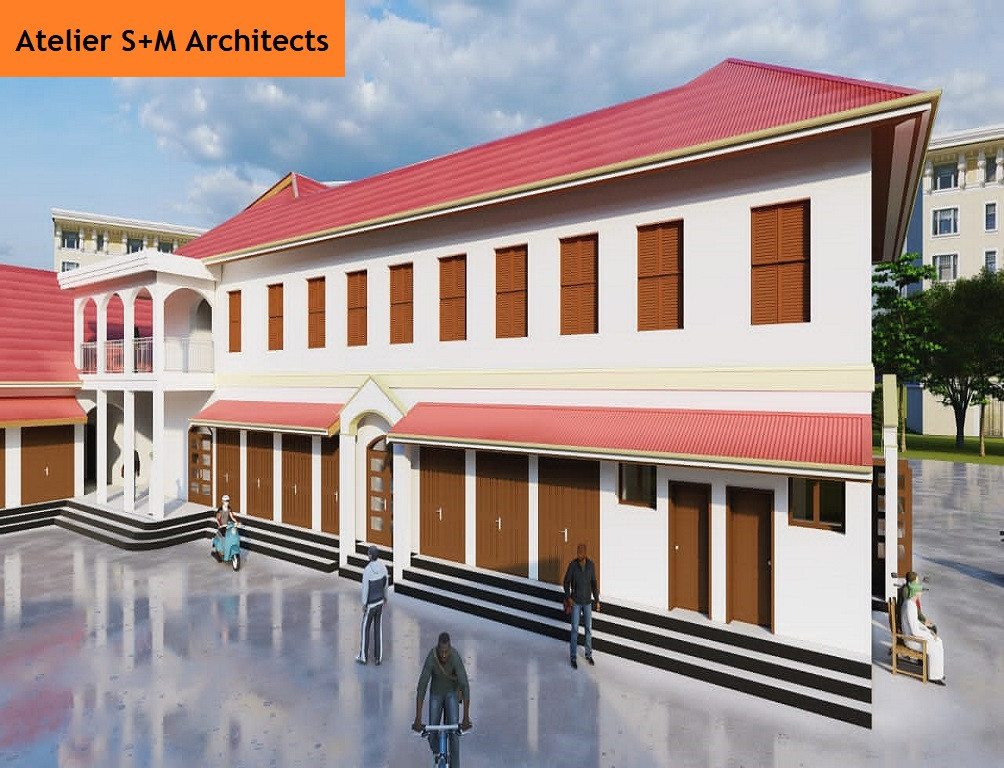
Best Roofing Practices for Tropical Areas
Roofing practices in tropical areas require special considerations due to the unique climate conditions, including heavy rainfall, high humidity, intense sunlight, and the potential for strong winds and storms. Here are some best roofing practices for tropical regions:
1. **Choose Suitable Roofing Materials:**
- Opt for roofing materials that are specifically designed for tropical climates. Materials like concrete, clay tiles, metal, and synthetic roofing materials (e.g., PVC, TPO) are often suitable due to their durability and resistance to moisture and pests.
2. **Proper Roof Slope and Drainage:**
- Design roofs with adequate slopes to facilitate water runoff and prevent water from pooling. Proper drainage systems, including gutters and downspouts, are essential to direct rainwater away from the foundation.
3. **Roof Ventilation:**
- Ensure proper roof ventilation to prevent heat buildup in the attic space. Adequate ventilation helps reduce indoor temperatures and moisture accumulation, which can lead to mold and rot.
4. **Use Reflective Roofing Materials:**
- Consider reflective roofing materials or coatings to reduce heat absorption and lower indoor temperatures. This can improve energy efficiency and comfort in tropical climates.
5. **Hurricane and Wind Resistance:**
- In areas prone to hurricanes or strong winds, choose roofing materials and installation methods that meet or exceed local building codes for wind resistance. Roof bracing and anchor systems can enhance wind resistance.
6. **Termite and Pest Protection:**
- Implement termite and pest prevention measures, as tropical regions often have higher pest activity. Use treated lumber for roof framing, and consider pest-resistant roofing materials.
7. **Regular Roof Maintenance:**
- Schedule routine roof inspections and maintenance to identify and address any issues promptly. This includes checking for loose or damaged shingles, clogged gutters, and any potential leaks.
8. **High-Quality Roof Flashing:**
- Use high-quality flashing materials around roof penetrations (chimneys, vents, skylights) to prevent water intrusion. Flashing should be installed correctly and adequately sealed.
9. **Impact-Resistant Roofing:**
- In areas where hail is common, consider impact-resistant roofing materials to minimize damage from hailstorms. Impact-resistant shingles or metal roofing can be a good choice.
10. **Solar Reflective Coatings:**
- Apply solar-reflective coatings on the roof surface to reduce heat absorption and lower cooling costs. These coatings also help extend the life of the roofing material.
11. **Regular Roof Cleaning:**
- Keep the roof clean by removing debris, leaves, and organic matter that can trap moisture and promote mold and algae growth.
12. **Insulation:**
- Adequate roof insulation can help regulate indoor temperatures and reduce energy consumption. Consider using reflective or radiant barriers in the roof assembly.
13. **Fire Resistance:**
- In regions prone to wildfires, opt for roofing materials with high fire resistance ratings to protect against flying embers.
14. **Consult Local Experts:**
- Consult with local architects, contractors, and roofing experts who are familiar with the specific challenges and conditions of your tropical region. They can provide valuable insights and guidance.
By following these roofing best practices, you can ensure that your roof performs well and withstands the challenges of tropical climates, providing protection and comfort for your home or building.

Add a comment